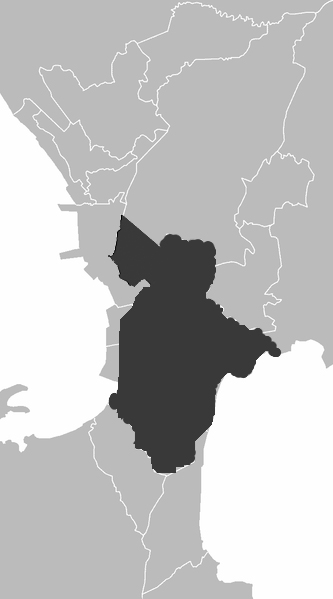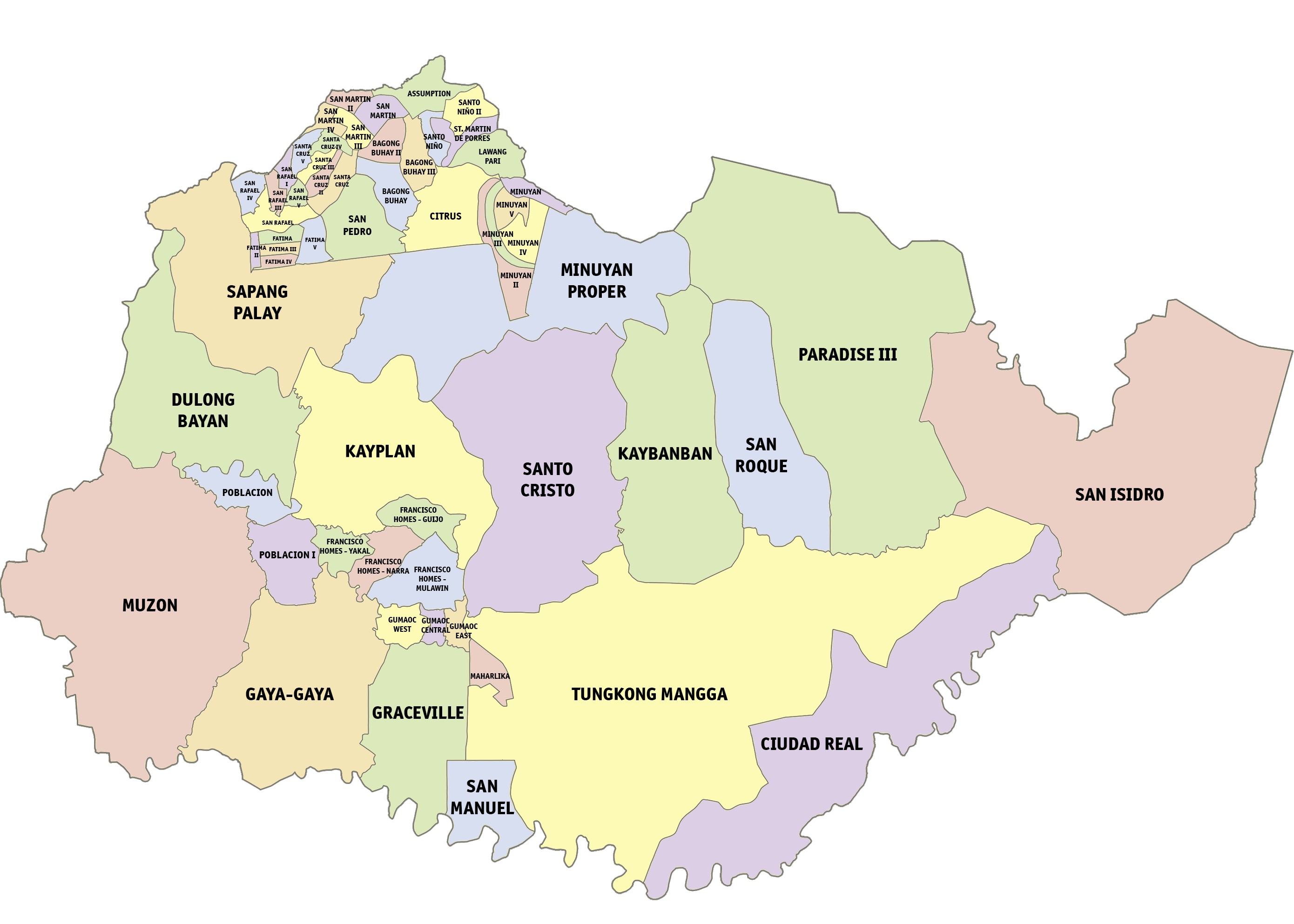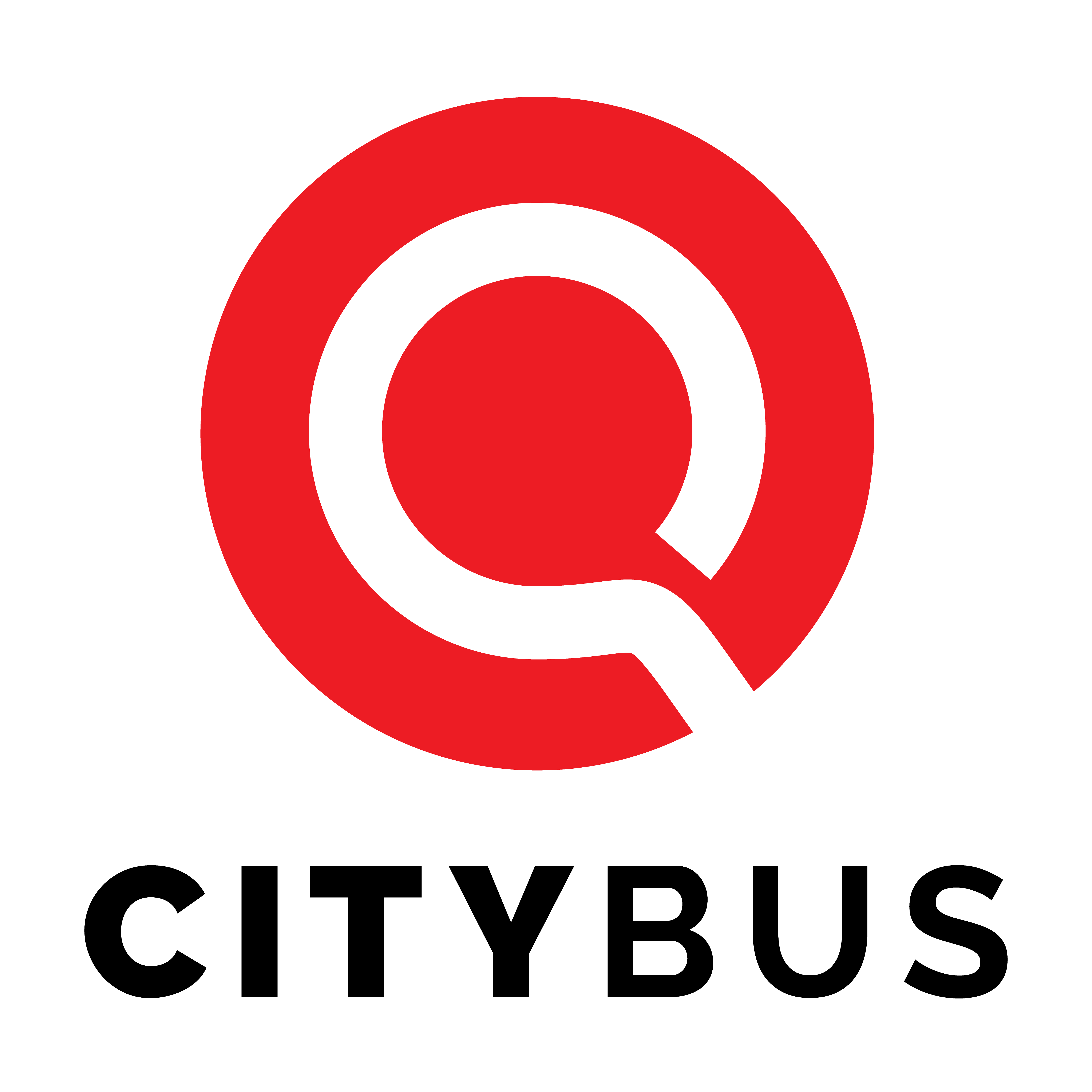|
N170 Highway (Philippines)
National Route 170 (N170) is a national secondary road of the Philippine highway network. It passes through the northern part of Metro Manila, traversing through the cities of Quezon City, Manila, and Pasay. Route description Most of the route in the northern part follows the alignment of Radial Road 7 (R-7) of Manila's arterial road network. Based on the designation Department of Public Works and Highways (DPWH), N170 consists of the following segments, from north to south: In Quezon City N170 commences at its intersection with N127 in Novaliches, Quezon City as Commonwealth Avenue. It is a major highway with 6 to 12 lanes and consequently it is the widest segment of the Philippines highway network. Due to the high incidence of road accidents, most especially those involving overspeeding, it has earned its notorious nickname the "Killer Highway." A speed limit of 60 km/h (37 mph) has been enforced on the said highway to reduce the rate of accidents. The Manila ... [...More Info...] [...Related Items...] OR: [Wikipedia] [Google] [Baidu] |
Department Of Public Works And Highways
The Department of Public Works and Highways ( fil, Kagawaran ng mga Pagawain at Lansangang Bayan}), abbreviated as DPWH, is the executive department of the Philippine government solely vested with the Mandate to “be the State's engineering and construction arm” and, as such, it is “tasked to carry out the policy” of the State to “maintain an engineering and construction arm and continuously develop its technology, for the purposes of ensuring the safety of all infrastructure facilities and securing for all public works and highways the highest efficiency and the most appropriate quality in construction” and shall be responsible for “(t)he planning, design, construction and maintenance of infrastructure facilities, especially national highways, flood control and water resources development systems, and other public works in accordance with national development objectives,” provided that, the exercise of which “shall be decentralized to the fullest extent feasib ... [...More Info...] [...Related Items...] OR: [Wikipedia] [Google] [Baidu] |
Pasay
Pasay, officially the City of Pasay ( fil, Lungsod ng Pasay; ), is a 1st class Cities of the Philippines#Legal classification, highly urbanized city in the Metro Manila, National Capital Region of the Philippines. According to the 2020 census, it has a population of 440,656 people. Due to its location just south of Manila, Pasay quickly became an urban town during the History of the Philippines (1898–1946), American colonial period. History Early history In local folk history about the period before the arrival of Spanish colonizers, Pasay is said to have been part of Namayan (sometimes also called Sapa), a confederation of Barangay state, barangays which supposedly controlled territory stretching from Manila Bay to Laguna de Bay, and which, upon the arrival of the Spanish, eventually became known as Santa Ana de Sapa (modern day Santa Ana, Manila). According to these legends, the ruler of Namayan bequeathed his territories in what is now Culi-culi, Pasay, and Baclaran t ... [...More Info...] [...Related Items...] OR: [Wikipedia] [Google] [Baidu] |
San Jose Del Monte
San Jose del Monte, officially the City of San Jose del Monte (abbreviated as SJDM or CSJDM; fil, Lungsod ng San Jose del Monte), is a 1st class component city in the province of Bulacan, Philippines. According to the 2020 census, it has a population of 651,813 people, making it the largest local government unit within the province of Bulacan and Central Luzon and the 18th most populated city in the Philippines. The City of San Jose del Monte, has proclaimed as a highly-urbanized city on December 4, 2020, by the virtue of Proclamation No. 1057, signed by President Rodrigo Duterte and shall take effect after the ratification in a plebiscite. Located in the southeast of the province, it is bordered by the city of Caloocan in Metro Manila to the south, by the town of Rodriguez, Rizal to the east, the towns of Santa Maria and Marilao to the west and Norzagaray to the north. The city is home to some of the biggest resettlement areas in the Philippines like the Sapang Palay rese ... [...More Info...] [...Related Items...] OR: [Wikipedia] [Google] [Baidu] |
North Avenue Grand Central Station
North Triangle Common Station (official temporary designation: ''Unified Grand Central Station'', also called Grand Central Station), popularly known as the Common Station, is an under-construction rapid transit terminal and transport hub that will connect LRT Line 1, MRT Line 3 and Line 7, and the nearby Metro Manila Subway. It is located in Bagong Pag-asa, Quezon City, Philippines, and is named after its location, which is at the corner of EDSA and North Avenue. The common alignment had been in limbo for years since the Department of Transportation and Communications (DOTC), now Department of Transportation (DOTr), reviewed the project's technical and financial components. It was in January 2017 that an agreement was reached to build the station. The groundbreaking of the station was held at the North Triangle Transport Terminal on September 29, 2017. The station was expected to open in 2020, but has now been targeted to July 2023. History Negotiations On June 2, 2011 ... [...More Info...] [...Related Items...] OR: [Wikipedia] [Google] [Baidu] |
Manila Metro Rail Transit System
The Manila Metro Rail Transit System (MRTS), commonly known as the MRT, is a rapid transit system that primarily serves Metro Manila, Philippines. Along with the Manila Light Rail Transit System and the PNR Metro Commuter Line, Metro Commuter Line of the Philippine National Railways, the system makes up Metro Manila's rail infrastructure. The MRT's 16.9-kilometer-route consists of 1 line and 13 stations (in operation). The first and the only line currently in operation, MRT Line 3 (Metro Manila), MRT Line 3 is jointly operated between the Metro Rail Transit Corporation, a privately owned company, and the Department of Transportation (Philippines), Department of Transportation (DOTr) through a Build-Operate-Transfer, Build-Lease-Transfer agreement. Line 3 was opened in December 1999 and completed in July 2000. Since then, most of the newly proposed rapid rail lines within Metro Manila that are not under the jurisdiction of the Light Rail Transit Authority is associated with the ... [...More Info...] [...Related Items...] OR: [Wikipedia] [Google] [Baidu] |
Regalado Highway
Regalado Highway, officially named as Regalado Avenue (North), , four-to-six-lane highway connecting Quirino Highway with Commonwealth Avenue. It is a main thoroughfare in the Barangay Greater Lagro to Mindanao Avenue Mindanao Avenue ( fil, Abenida Mindanao) is an eight-to-ten lane divided avenue connecting EDSA and NLEX and is a part of Circumferential Road 5 (C-5) in Metro Manila, Philippines. It is one of the three parallel roads that connects Tandang S ... and of the Neopolitan Business Park. It is named Regalado Highway to distinguish it from the nearby Regalado Avenue which is also a main road in the North Fairview area. References Streets in Quezon City {{Philippines-transport-stub ... [...More Info...] [...Related Items...] OR: [Wikipedia] [Google] [Baidu] |
Manila Metro Rail Transit System Line 7
The Metro Rail Transit Line 7, also known as MRT Line 7 or MRT-7, is a rapid transit line under construction in the Philippines. When completed, the line will be long, with 14 stations, and the first line to have a third rail electrification. The line runs in a northeast–southwest direction, beginning at San Jose del Monte, Bulacan up to the North Triangle Common Station in North Avenue, Quezon City, North Avenue, Quezon City. First planned in 2001 and approved in 2004, the 25-year concession agreement was signed in 2008 between the Philippine government and the project's original proponent, Universal LRT Corporation. However, construction has been repeatedly delayed due to right-of-way (transportation), right-of-way issues. The project was re-approved in 2013, while funding for the project was obtained in 2016. Construction on the line began the following year and is slated to open by December 2022. The project will cost an estimated Philippine peso, ₱62.7 billion (US$1.5 ... [...More Info...] [...Related Items...] OR: [Wikipedia] [Google] [Baidu] |
Speed Limit
Speed limits on road traffic, as used in most countries, set the legal maximum speed at which vehicles may travel on a given stretch of road. Speed limits are generally indicated on a traffic sign reflecting the maximum permitted speed - expressed as kilometres per hour (km/h) and/or miles per hour (mph). Speed limits are commonly set by the legislative bodies of national or provincial governments and enforced by national or regional police and judicial authorities. Speed limits may also be variable, or in some places nonexistent, such as on most of the Autobahnen in Germany. The first numeric speed limit for automobiles was the limit introduced in the United Kingdom in 1861. the highest posted speed limit in the world is , applied on two motorways in the UAE. Speed limits and safety distance are poorly enforced in the UAE, specifically on the Abu Dhabi to Dubai motorway - which results in dangerous traffic, according to a French-government travel-advisory. Additionally, "dr ... [...More Info...] [...Related Items...] OR: [Wikipedia] [Google] [Baidu] |
N127 Highway (Philippines)
The Quirino Highway, formerly called the El Quirino Express Road or Ipo Road, is a four-to-eight lane, secondary highway that connects Quezon City to the municipality of Norzagaray in Bulacan, Philippines. The road is a designated as National Route 127 (N127) of the Philippine highway network within the city bounds of Quezon City, Radial Road 7 (R-7), and a spur of Radial Road 8 (R-8) of Metro Manila's arterial road network. History Prior to the construction of the Balintawak Interchange and North Diversion Road, it forms an old road that linked the city of Manila with Novaliches, previously called as the ''Manila-del Monte Garay Road'', ''Manila-Novaliches Road'', ''Bonifacio-Manila Road'', ''Balintawak-Novaliches Road'', and ''Highway 52''. The portion of the road south of EDSA is presently known as A. Bonifacio Avenue. Circa 1955, the section of the highway from Novaliches to the Caloocan–San Jose del Monte boundary was called ''Novaliches-San Jose Road''. It was l ... [...More Info...] [...Related Items...] OR: [Wikipedia] [Google] [Baidu] |
Commonwealth Avenue, Manggahan Southbound (Quezon City; 03-13-2021)
A commonwealth is a traditional English term for a political community founded for the common good. Historically, it has been synonymous with "republic". The noun "commonwealth", meaning "public welfare, general good or advantage", dates from the 15th century. Originally a phrase (the common-wealth or the common wealth – echoed in the modern synonym "public wealth"), it comes from the old meaning of " wealth", which is "well-being", and is itself a loose translation of the Latin res publica (republic). The term literally meant "common well-being". In the 17th century, the definition of "commonwealth" expanded from its original sense of " public welfare" or "commonweal" to mean "a state in which the supreme power is vested in the people; a republic or democratic state". The term evolved to become a title to a number of political entities. Three countries – Australia, the Bahamas, and Dominica – have the official title "Commonwealth", as do four U.S. states and two U.S. ... [...More Info...] [...Related Items...] OR: [Wikipedia] [Google] [Baidu] |
Manila's Arterial Road Network
This list of roads in Metro Manila summarizes the major thoroughfares and the numbering system currently being implemented in Metro Manila, the Philippines. Metro Manila's arterial road network comprises six Ring road, circumferential roads and ten Arterial road, radial roads connecting the cities of Caloocan, Las Piñas, Makati, Malabon, Mandaluyong, Manila, Marikina, Muntinlupa, Navotas, Parañaque, Pasay, Pasig, Quezon City, San Juan, Metro Manila, San Juan, Taguig, and Valenzuela, Metro Manila, Valenzuela, and the municipality of Pateros. Route classification This list only covers roads that are listed as National Primary, National Secondary, or National Tertiary Roads on the Department of Public Works and Highways's Infrastructure Atlas, as well as the previous Circumferential and Radial Road system prior to 2014. These road classifications are defined as follows: * National Primary Roads – Contiguous road sections extending that connect major cities. Primary roads mak ... [...More Info...] [...Related Items...] OR: [Wikipedia] [Google] [Baidu] |
Radial Road 7
Radial Road 7 is a network of roads in Metro Manila, connecting the cities of Manila, Quezon City and Caloocan, as well as San Jose del Monte and the municipality of Norzagaray in the province of Bulacan. The road is one of 10 radial roads in Metro Manila that connect the City of Manila with various provinces. Route description Lerma Street Lerma Street is an 8-lane road connecting Quezon Boulevard ( R-8) and España Boulevard in Sampaloc, Manila. España Boulevard España Boulevard is an 8-lane road starting from the junction of Lerma Avenue and Nicanor Reyes Street, ending in the Mabuhay Rotonda (otherwise known as Welcome Rotonda) in Quezon City. It passes through the northernmost areas of the University Belt, including the University of Santo Tomas and Ramon Magsaysay High School. Past RMHS, it passes through the mostly residential and commercial area of Sampaloc. Quezon Avenue Quezon Avenue starts from the Mabuhay Rotunda and ends in the Elliptical Road. It is one o ... [...More Info...] [...Related Items...] OR: [Wikipedia] [Google] [Baidu] |







(2018-05-06).jpg)